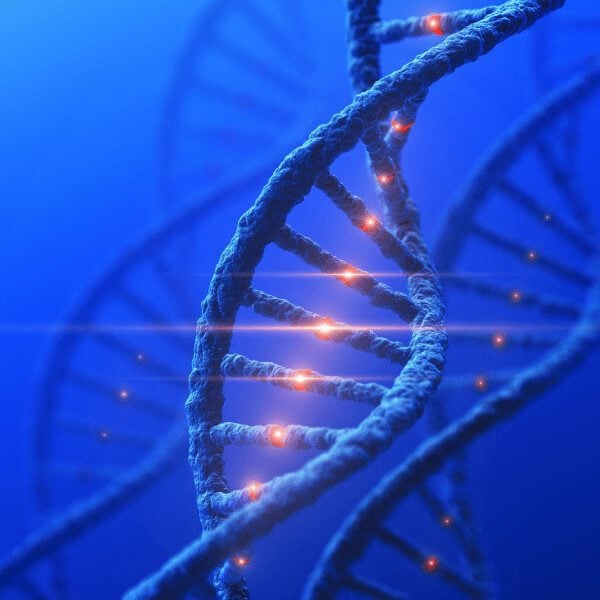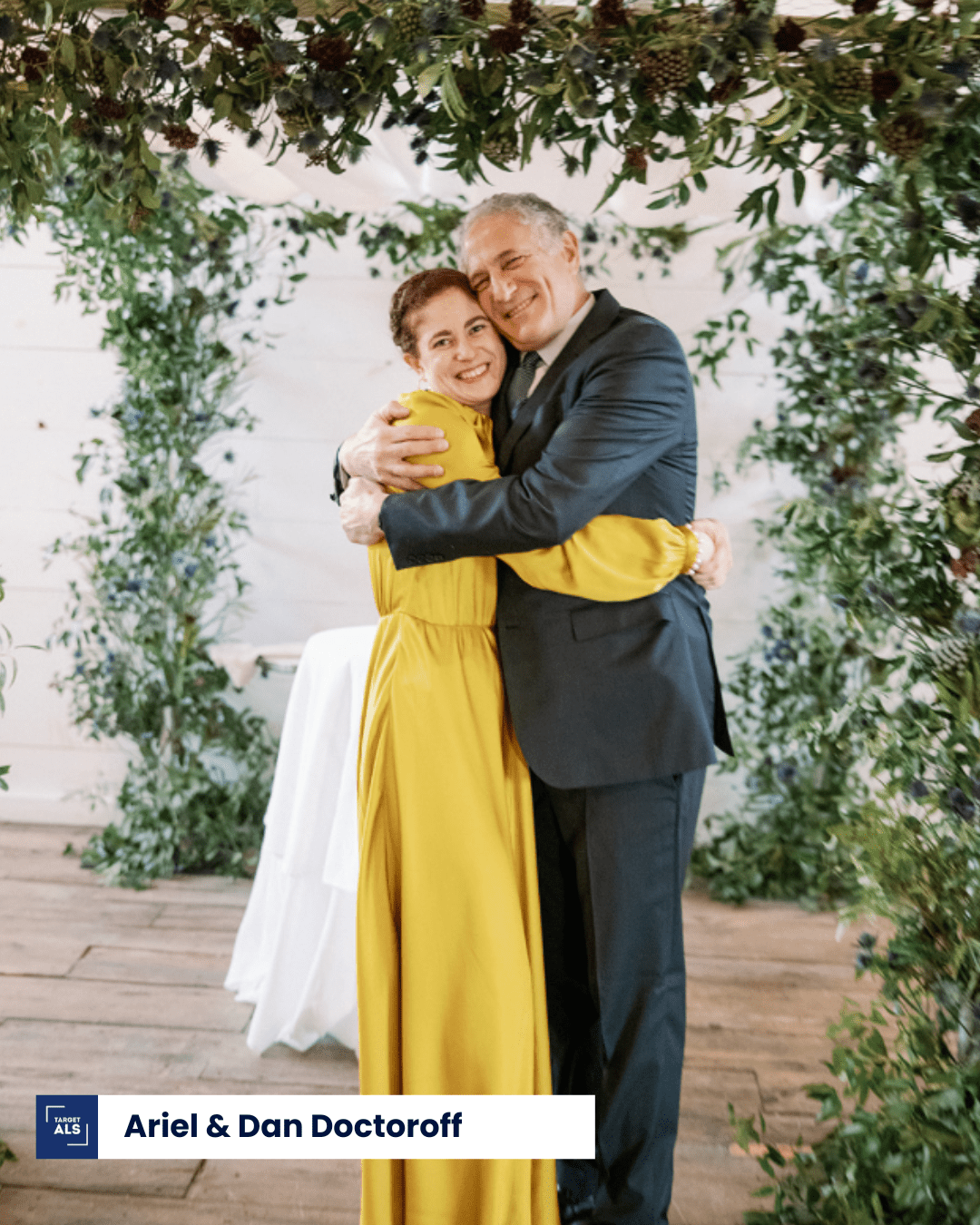Could the immune system hold the key to unlocking new treatments for ALS? Two innovative research projects are challenging long-held assumptions by exploring how T cells, the immune system’s frontline responders, behave in ALS. Their findings suggest that immune responses in the disease are far more complex and more personal than previously understood, opening the door to targeted approaches that reflect the immune profile of each patient.
| ALS 101: T Cells: A type of white blood cell that helps defend the body. Different types play different roles; some attack threats, others regulate immune activity. CD4+ T Cells: Help coordinate the immune response. In ALS, they may be protective in some tissues and harmful in others. CD8+ T Cells: Cytotoxic T cells that can kill other cells. Their role in ALS is still being studied. CTLA-4 / sCTLA-4: A molecule that regulates immune activity. The soluble form, sCTLA-4, may serve as a biomarker in ALS. Theragnostic: A treatment that also helps identify which patients it will work for, bridging therapy and diagnostics. Clonal Expansion: When a single T cell replicates many times, creating a large population of identical immune cells that respond to the same target. |
A Shifting Landscape of T Cell Activity
Dr. John Andersson (Karolinska Institutet and CarryGenes Therapeutics AB), in collaboration with Dr. Caroline Ingre, is investigating how T cell behavior evolves over the course of ALS. Their research reveals striking heterogeneity: some patients show intense immune activity, while others do not, suggesting that ALS is not a single disease, immunologically speaking.
They’ve found that T cell profiles differ significantly between blood and cerebrospinal fluid (CSF), which may represent different stages or compartments of disease. In some contexts, CD4+ T cells (which help regulate immune responses) appear harmful in the blood, but potentially protective in the CSF. The CD8+ T cells, which kill infected or abnormal cells, become more activated over time.
T cell behavior also changes in a highly predictable progression. After diagnosis, many T cell subtypes increase for about a year, then decline. Importantly, T cell plasticity (their ability to adapt and evolve) is preserved, with many T cells still recognizing the same molecular targets years after diagnosis.
These findings point to a dual-edged immune response: the immune system may both drive damage and offer protection, depending on which cells are involved and where they are active.
Precision Tools from Cancer Research
At the same session, Dr. Jenna Gregory (University of Aberdeen) introduced a potential theragnostic target: soluble CTLA-4 (sCTLA-4), which has originally been studied in cancer. CTLA-4 normally acts like a brake on T cell activation. In ALS, she found that while the membrane-bound version of CTLA-4 doesn’t change, the soluble version behaves very differently, losing its usual localization in the cell. This could affect how the immune system responds in ALS and might help distinguish subtypes of inflammation within the disease.
She also observed that some patients with the C9orf72 mutation (a common genetic form of ALS) exhibit hyper-inflammatory immune responses, while others do not. This reinforces the idea that ALS may require patient-specific immune modulation, rather than one-size-fits-all suppression or stimulation.
Her vision, inspired by oncology, is to stratify ALS patients based on their immune profile and target only those most likely to benefit from a specific immunotherapy, bringing the precision of cancer medicine to neurodegenerative disease.
What Comes Next?
Both Dr. Andersson and Dr. Gregory emphasized that this work is still unfolding. Questions remain about the interplay between peripheral and central immune responses, how long immune cells “dwell” in the brain, and whether biomarkers like sCTLA-4 or T cell receptor patterns could eventually guide treatment decisions.
Importantly, both researchers credit their ability to pursue these high-risk, high-reward ideas to support from Target ALS.
“Both of our grants from Target ALS were for ideas we couldn’t get funded anywhere else. They weren’t pedestrian. But Target ALS saw the value. That support allowed us—and the lab—to work on something truly transformative. The Annual Meeting is a place where high-risk, high-reward ideas are welcomed, where novel thinking is encouraged. And where you get to connect with a global community that wants to push this field forward.”
– Professor Jenna Gregory, University of Aberdeen
💡 Key Takeaway:
Immune responses in ALS are not uniform. T cell patterns vary widely between patients and over time; some appear protective, others harmful. Both projects point to a future where immune-based diagnostics and personalized therapies could tailor care to each individual’s biology, echoing the success of precision medicine in cancer.




